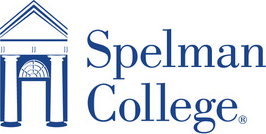Federal Student Aid FAQs
Federal Student Aid Changes
Federal Student Aid FAQs: New Limits and Eligibility
(Effective July 2026)
Overview
The Spelman Financial Aid Office has compiled the following Frequently Asked Questions (FAQs) to help students and their families understand the federal student aid changes taking effect for the Fall 2026 semester and beyond.
